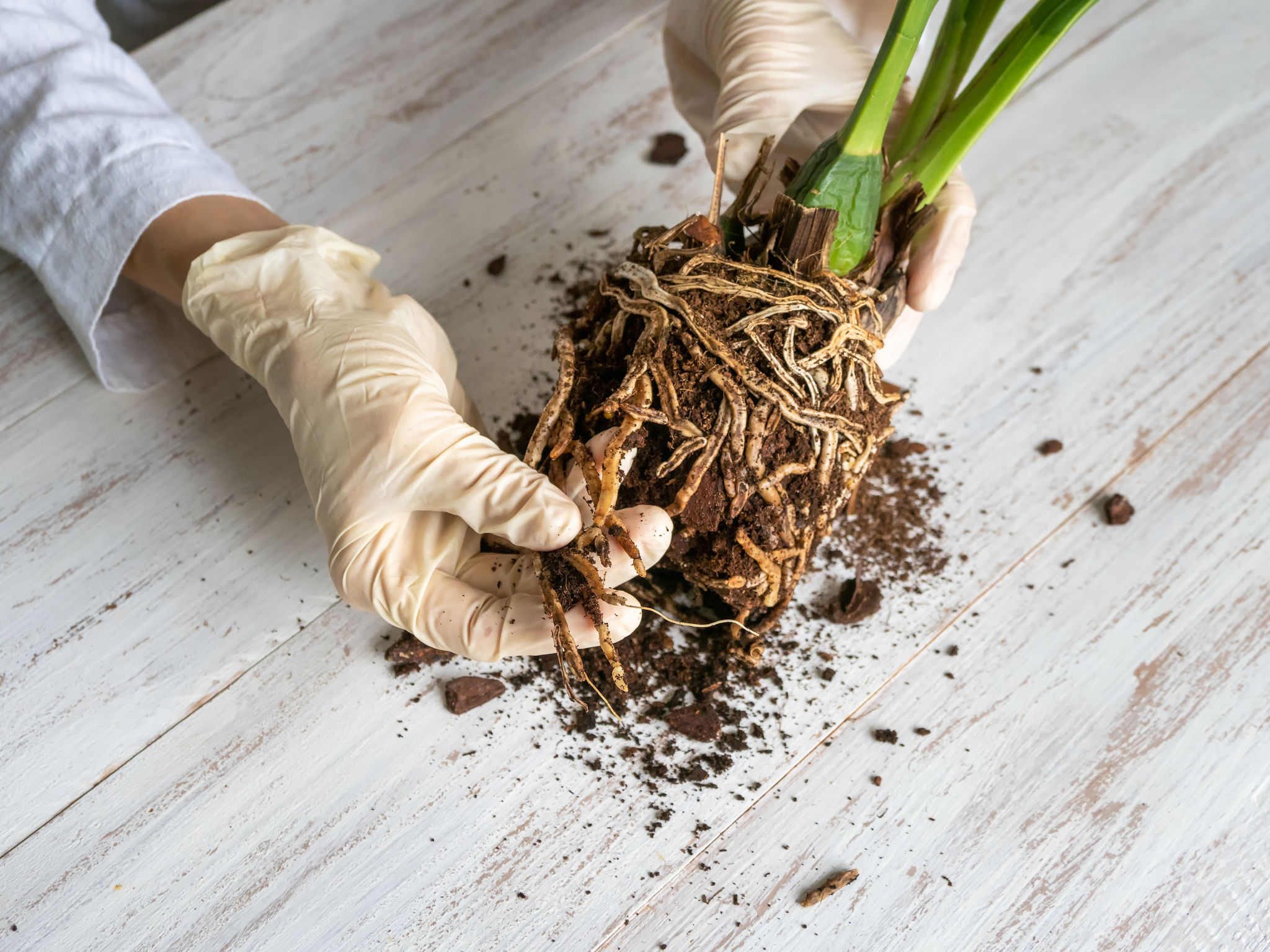Common Tree Diseases in North Carolina and How to Prevent Them
Understanding Common Tree Diseases
North Carolina's diverse climate and ecosystem make it a haven for a wide variety of tree species. However, this also means that trees in this region are susceptible to numerous diseases. Understanding these common tree diseases is crucial for maintaining the health of North Carolina's forests and urban landscapes.
Among the most prevalent are fungal diseases, which thrive in the state's humid environment. These diseases can cause significant damage if not addressed promptly. Some of the most common include anthracnose, canker diseases, and root rot. Each of these diseases affects trees differently, but they often share similar prevention methods.

Anthracnose
Anthracnose is a group of fungal diseases that affect the foliage, stems, and fruit of trees. It is particularly common in sycamores, oaks, and dogwoods. Symptoms include leaf spots, wilting, and premature leaf drop. To prevent anthracnose, ensure proper air circulation around trees by pruning overcrowded branches and avoiding overhead watering.
Canker Diseases
Cankers are dead areas on the bark or branches caused by fungi or bacteria. They can girdle branches and trunks, leading to dieback or death of trees. Cankers often occur on stressed or injured trees. Preventing canker diseases involves maintaining tree health through proper watering, mulching, and fertilization practices.
Root Rot and Its Prevention
Root rot is caused by soil-borne fungi that thrive in overly wet conditions. It can lead to poor growth, yellowing leaves, and even tree death. Ensuring proper drainage and avoiding overwatering are key strategies in preventing root rot. Additionally, selecting disease-resistant tree species can be beneficial.

Pine Wilt Disease
Pine wilt disease is caused by the pinewood nematode and primarily affects non-native pine species. It leads to rapid wilting and death of pine trees. Control measures include removing and destroying infected trees to prevent the spread to healthy ones.
Leaf Spot Diseases
Leaf spot diseases are common in many tree species in North Carolina. They cause black or brown spots on leaves, leading to reduced photosynthesis and overall health decline. Regularly cleaning up fallen leaves can help prevent these diseases, as they often overwinter in leaf debris.
Practical Prevention Strategies
Effective prevention starts with selecting the right tree for the right place. Choose native or adapted species that are more resistant to local pests and diseases. Regular monitoring for early signs of disease is also critical. Implementing integrated pest management (IPM) practices can help maintain tree health while minimizing chemical use.

Finally, educating oneself about local tree care practices is essential for preventing disease. Consider consulting with local arborists or extension services for advice tailored to specific situations. By taking proactive measures, North Carolinians can help protect their valuable tree resources for future generations.
